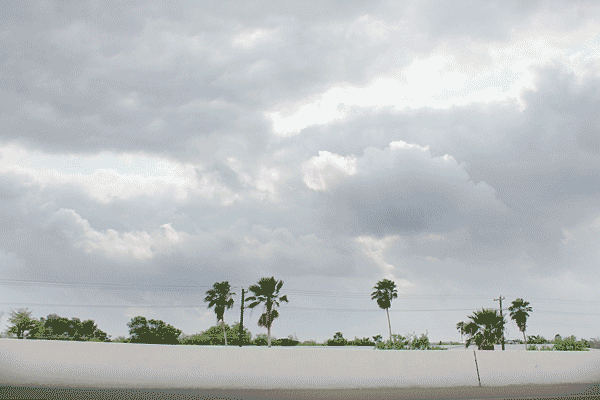- Fragile Planet Offers a Nighttime Wildlife Experience
- Falcons Soccer Off & Running
- Cameron County Receives Funds to Improve Two Parks
- Falcons Complete First Half of 32-6A
- School District to Help out Victims of California Wildfires
- Sand Castle Days Continued Despite Unexpected Weather
- Ready for District
- Discussion of Garbage Dumpster Rates, Agreements Between State & City on Highway Regulations, and More
- 31st Annual Shrimp Cook-Off is Right Around the Corner
- LFHS Cross Country
NWS celebrates 150 years of forecasting the weather
- Updated: April 17, 2020

By TONY VINDELL
LFN
Forecasting the climate is something the National Weather Service has been doing for decades and it will keep doing it for as long as the organization is in existence.
In fact, it has been 150 years since the NWS was created under the administration of President Ulysses S. Grant, who signed a resolution to allow the secretary of war to set a national weather warning service.
It was originally known as the U.S. Weather Bureau, but it wasn’t until Oct. 9, 1970 that it became known as the NWS.
Its Brownsville office opened at the city’s airport on Sept. 8, 1943, or the same year it started doing upper-air observations. In 1960, the service started a weather radar and by May 1994 it had its first weather surveillance radar, or WSR-57, which was replaced by the WSR-88D doppler radar in 1995.
Recently, the NWS office began holding an annual festival to let people know what they do and how the office operates.
Barry Goldsmith, the meteorologist in charge, said this year’s festival was postponed to March 2021, not because of what has been going with the pandemic but because of other reasons.
He said forecasting the weather continues to be the NWS’ main goal.
Goldsmith said they are predicting a dryer and warmer 2020 even though forecasting the weather can be unpredictable.
Just remember what happened in June 2018 and June 2019.
“We had similar flooding in those two years,” he said, “but we don’t expect a third flooding in a row.”
The 2018 flooding was the result of multiple atmospheric changes whereas the 2019 resulted after several inches of rain fell within hours.
Both floods caused widespread damages to the mid-Valley and some areas were pounded with 10 or more inches of precipitation.
This time, the region will experience more heat and less rainfall.
Consequently, the region is in a drought ranging from moderate to severe farther to the west like in Starr and Zapata counties.
Goldsmith said the NWS office has a staff of 20-25 people and it’s one of 122 weather forecast offices spread out in six regions of the country.
Its Brownsville office is one of 11 cities the NWS runs forecast centers in Texas.

